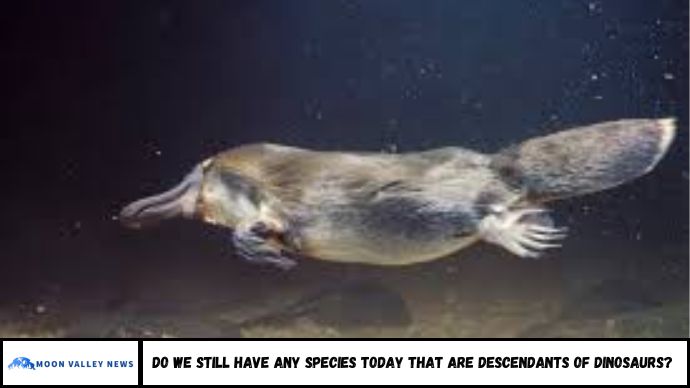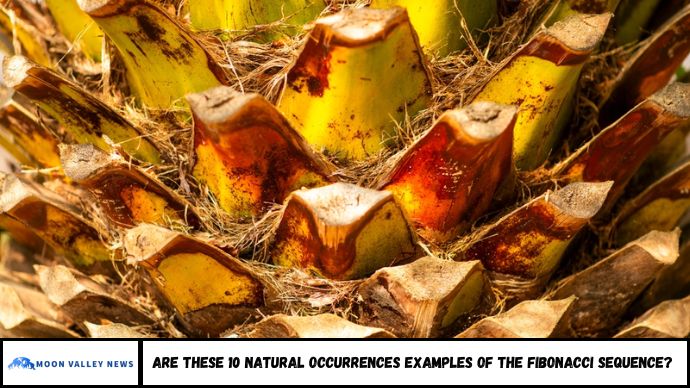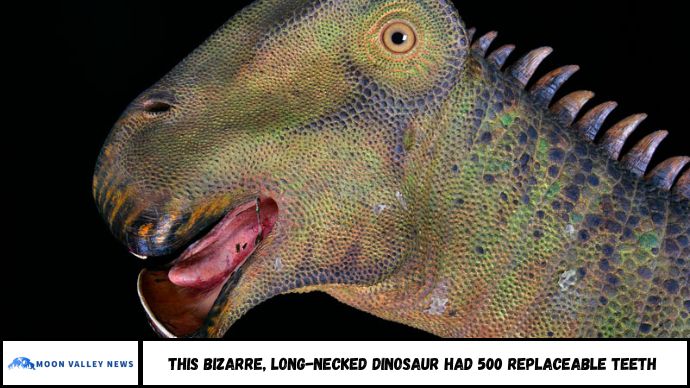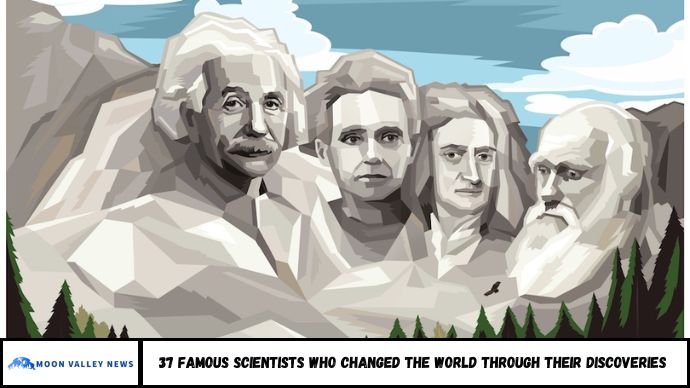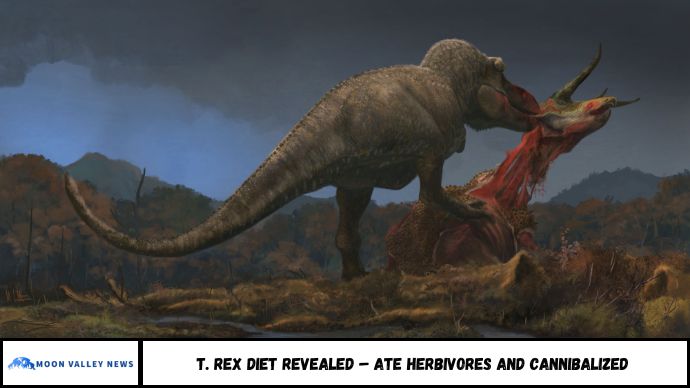This surprising statement isn’t just a metaphor—it’s a scientific fact. But how did ancient, earth-shaking creatures like Tyrannosaurus rex evolve into today’s sparrows and eagles?
Many people assume that dinosaurs vanished completely 66 million years ago. While most did go extinct, some of their descendants survived and evolved, right into the skies above us. This article explores the evidence for living dinosaur descendants, explains how evolution preserved parts of the dinosaur lineage, and breaks down the science behind this extraordinary survival story.
Abstract
Yes, we still have species today that are direct descendants of dinosaurs—modern birds. Through millions of years of evolution, certain dinosaur species developed feathers, flight, and other traits that allowed them to survive the mass extinction. This article explores the science behind dinosaur evolution, how birds inherited their traits, and why scientists classify them as modern-day dinosaurs.
The Dinosaur Extinction: What Actually Survived?
Approximately 66 million years ago, a massive asteroid impact triggered a global extinction event, wiping out about 75% of Earth’s species, including most dinosaurs. However, not all dinosaurs were wiped out.
Some Key Survivors:
- Small, feathered theropods—closely related to birds
- Early bird species that already had flight capabilities
- Reptiles like crocodilians, which shared common ancestors with dinosaurs
While crocodiles and turtles are ancient species, only birds directly evolved from dinosaurs.
Birds: The Living Dinosaurs
Scientific Evidence Linking Birds to Dinosaurs:
- Fossil Records: Show gradual changes from theropod dinosaurs to primitive birds (like Archaeopteryx).
- Skeleton Similarities: Hollow bones, three-fingered hands, and S-shaped necks.
- Feathers: Many non-avian dinosaurs had feathers, not just for flight but also for warmth and mating displays.
- Egg Structure and Behavior: Nesting patterns and eggshell composition are similar between birds and certain dinosaurs.
Evolutionary Adaptations That Made Birds Survivors
Unlike their larger, ground-dwelling cousins, these feathered dinosaurs had key traits that boosted their survival odds:
- Small size: Required fewer resources
- Feathers: Provided insulation and later enabled flight
- Flight: Allowed escape from predators and better food access
- High metabolism: Supported active lifestyles and adaptability
These features helped early birds thrive after the extinction, evolving into the vast diversity we see today.
Are Other Modern Animals Related to Dinosaurs?
While birds are true descendants, several modern animals share ancient ancestors with dinosaurs:
- Crocodiles and alligators – Distant relatives, not direct descendants.
- Lizards and snakes – Share a more distant common ancestor.
- Turtles – Once thought unrelated, but now considered closer than previously believed.
However, these animals branched off earlier and did not descend directly from the line that led to birds.
Why This Matters: Connecting Past and Present
Understanding that birds are living dinosaurs reshapes how we view nature today. Every time you see a pigeon, hawk, or hummingbird, you’re looking at the last surviving branch of one of Earth’s most powerful dynasties. It also deepens our understanding of evolution, extinction, and survival.
FAQs
1. Are any animals alive today direct descendants of dinosaurs?
Yes—birds are direct descendants of theropod dinosaurs.
2. Did all dinosaurs go extinct?
No, some small, feathered dinosaurs survived and evolved into birds.
3. Are crocodiles dinosaurs?
No, but they share a common ancestor with dinosaurs.
4. How do we know birds came from dinosaurs?
Through fossil evidence, anatomical similarities, and genetic research.
5. What’s the closest living dinosaur today?
The chicken is one of the closest living relatives to theropods like the T. rex.
6. Are reptiles descendants of dinosaurs too?
No. Reptiles and dinosaurs share a distant ancestor but followed separate evolutionary paths.
Conclusion
While the towering giants of the Jurassic are long gone, their legacy lives on in every bird you see today. From the common sparrow to the majestic eagle, birds carry the evolutionary blueprint of their dinosaur ancestors.
Understanding this connection not only brings the past to life—it reminds us that evolution is ongoing, and survival often favors the adaptable, not just the strongest.

